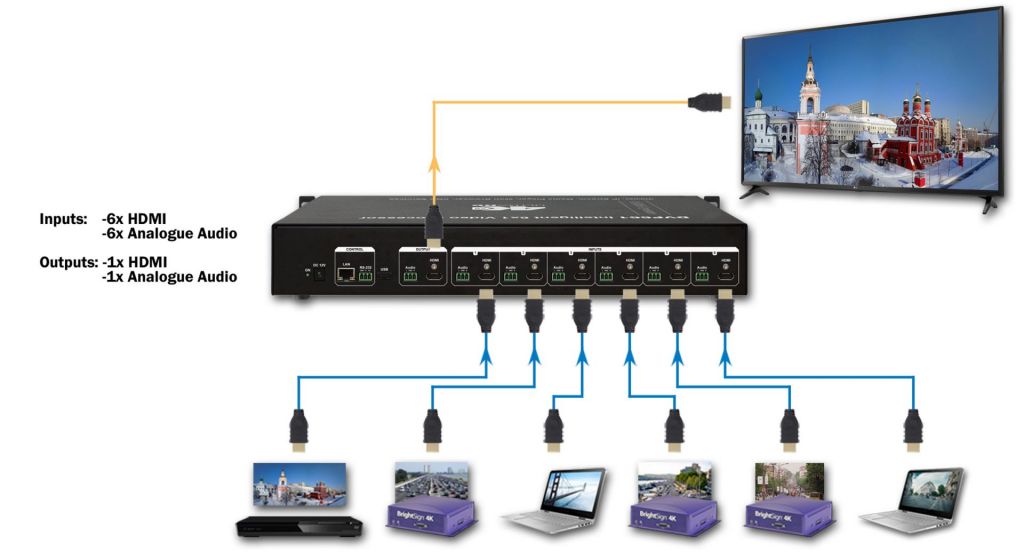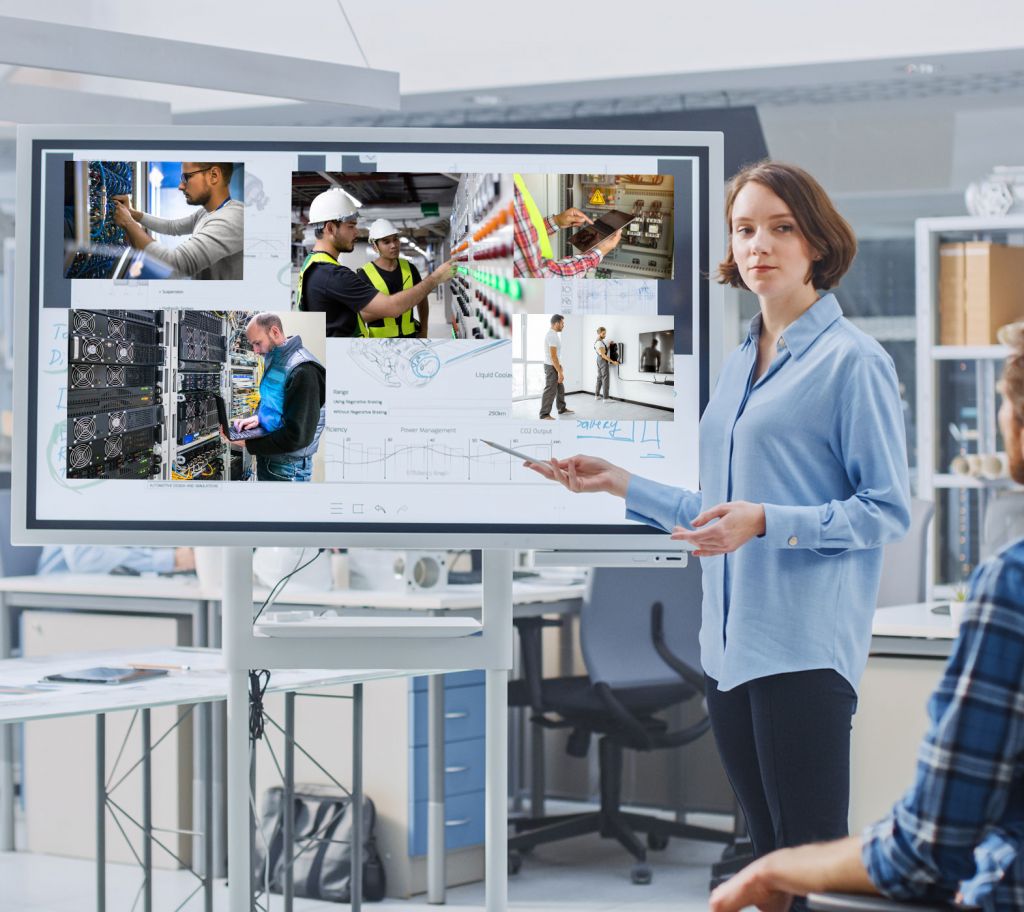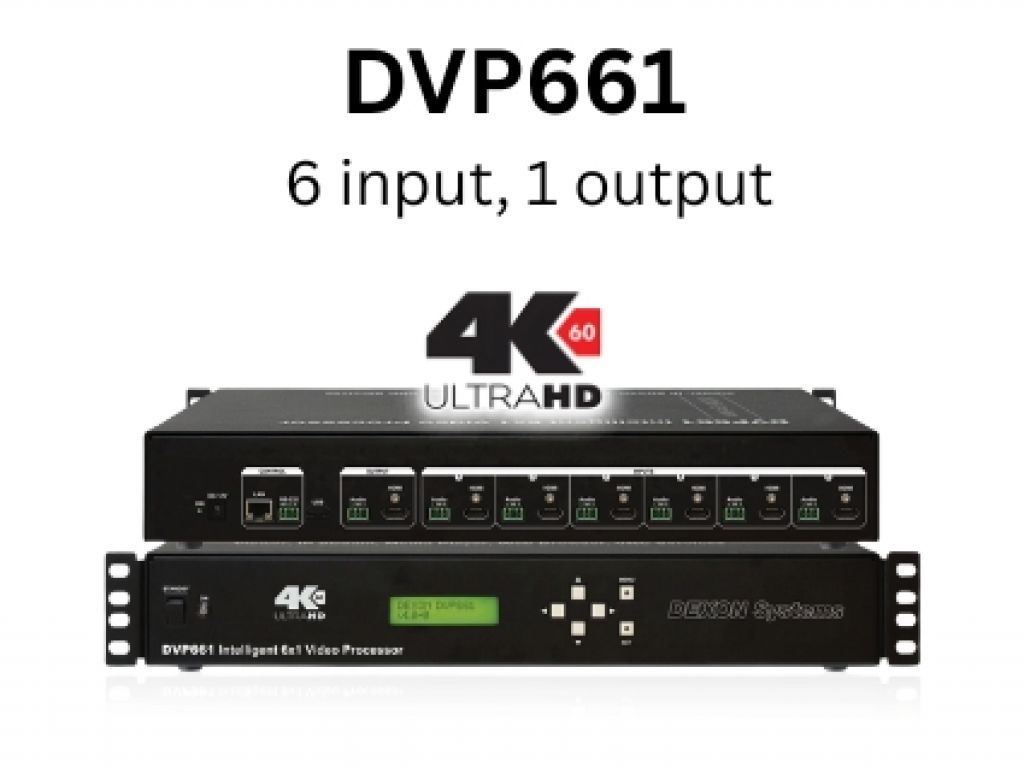Solving Complex Video Monitoring Challenges with Multiviewer Technology
Modern video monitoring can be overwhelming even to seasoned professionals, but multiviewer technology can lighten the load and simplify your whole monitoring operation.
In this post, we’ll highlight how multiviewers solve complex monitoring challenges, their primary benefits, and how you can pick a model that suits your needs.

What Is a Multiviewer and Why Is It Essential?
A multiviewer — or multi-window processor — is a tool that allows you to connect multiple video feeds and show them on one screen.
This lets you keep track of several videos at once, essential in the following settings:
-
Security centers, where guards will keep watch from various angles
-
Live events, which will switch between views at a moment’s notice
-
Broadcasting, where producers monitor various feeds and sources
-
Emergency services, which need to make in-the-moment decisions
The multiviewer itself takes the form of a box that connects to up to nine HDMI inputs. Its single HDMI output will connect to one screen, displaying all inputs. You can then customize the layout to emphasize specific feeds.
Key Challenges in Video Monitoring — and How Multiviewers Solve Them
Tracking several feeds simultaneously is never easy, especially if you’ll need to switch between tabs, screens, and devices. Here are the main challenges anyone monitoring these videos could face, and how multiviewers help:
-
Overload: Dozens of screens and feeds can easily be too much for operators. Building a custom multiviewer layout that prioritizes the most critical videos will simplify everything.
-
Hardware limitations: Your company simply might not be able to afford one display per feed. Multiviewers help you save money and space while using fewer cables.
-
Slow response: Spreading all the feeds out makes it harder for operators to respond to a situation. Keeping everything on one screen helps every feed stand out more.
-
No customization: Using separate displays means you can’t easily change what shows on which screen. Multiviewers, meanwhile, let you customize their whole look.
-
Human error: Similarly, people are more likely to make mistakes if they have a bunch of screens to manage. Lowering cognitive load with just one means better decisions.
-
No scalability: An IP-based multiviewer can handle a growing number of feeds, even in HD or 4K, without needing to add more costly and impractical extra hardware.

The Main Benefits of Multiviewer Technology
Multiviewers bring a lot to the table in any AV setup, especially if you have to monitor dozens of (possibly live) feeds simultaneously. This isn’t limited just to solving the above problems.
The most significant benefit is undeniably the ability to display multiple feeds on one screen; the right model even offers extensive customization options. Here are some of the tangible impacts this could have for you and your business:
-
Less hardware needed, meaning high space and cost savings
-
This extends to long-term running costs for dozens of monitors
-
Much faster detection of anomalies and other important events
-
Future-proofing the company’s AV setups for long-term growth
-
Lower operator mental load, meaning less fatigue on long shifts
-
Operators can dynamically alter the video feeds and their sizes
Ultimately, just one multiviewer could transform your (and your team’s) AV tech approach.
Premium multiviewers also come with extra features, such as graphical overlays, integrated web processors, picture-in-picture, IP camera support, and more. Any of these can help a monitoring operation, such as by labelling the different feeds.

Practical Applications Across Industries
These tools are common fixtures in control rooms, security offices, and conference rooms. This means virtually any industry that uses these spaces can benefit from multiviewer monitoring, but here’s a closer look at more specialized uses across three sectors:
Broadcasting
Producers and technicians can keep an eye on multiple sources, so they’ll know exactly when to switch between them. For example, they might have several angles available; a multiviewer lets them see them all and decide the best one.
Transportation
Air traffic control might have to track the runway from multiple angles to make sure it’s clear. The security teams also have to monitor cameras for whole terminals at once, which is only practical (arguably only possible) with multiviewers.
Healthcare
Surgeons might need to look at multiple live feeds of any procedures they’re doing, perhaps via fluoroscopy, MRI, or ultrasound. Getting a complete view of each perspective on one screen lets them know they’re doing the right thing.
Choosing the Right Multiviewer Solution
The correct multiviewer should be one that fits your firm and its expected business needs — but this won’t always be enough. You need a tool that’ll help your enterprise for years to come.
Here are our tips for picking a great multiviewer model:
-
Aim for brands that offer several input options; some go up to nine
-
It must have a simple control UI accessible via major web browsers
-
Prioritize integrated web processors that can show live web pages
-
Future-proof your firm by picking true 4K video if it’s in your budget
-
The best multiviewers allow picture-in-picture and easy feed scaling
-
Keep latency in mind; even slight lag harms monitoring operations
-
Don’t just stick to HDMI — look for models that also allow IP feeds
However, you shouldn’t just buy whatever multiviewer has the most features or inputs. Aim for a model that fits your budget and expected long-term needs, even if this means thinking years (or even decades) ahead.
Simplifying Complexity in Video Monitoring
Multiviewers can make monitoring multiple video feeds much less complex, whether you work in security, broadcasting, or another sector. Contact the DEXON Systems team today, and you’ll see exactly how multiviewers can help your business.
If you wish to be notified of new content - please sign up to our newsletter!

